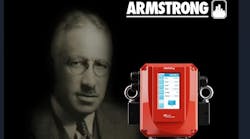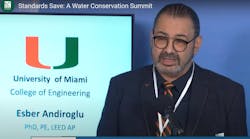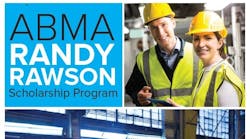Case Study from Aeroseal, Centerville OH
For the past decade, Mike Kosinski and his team of experts at CEPro Inc. have been taking great care of the historic American Dental Association building on Chicago’s Near North Side.
Built in 1965, the 23-story skyscraper has undergone numerous upgrades and renovations, but none as transformative as those being planned for the building’s 4th-floor medical laboratory. Unfortunately, leaks in risers that connect the labs fume hoods to two rooftop fans were making adequate ventilation impossible. Not able to meet stringent exhaust code specification, some of the fume hoods were simply rendered inoperable. Without a solution to the problem, laboratory renovation was impractical. Talks of having to relocate the entire facility had begun to surface.
Each of the building risers were actually encased in individual concrete structures that draped over the side of the building’s exterior. That meant accessing the enclosed ductwork to seal the leaks would require nothing less than major building demolition. With no alternative, the leaks continued to plague the facility.
That’s when CEPro’s Mike Wessel, learned about a new approach to duct sealing that worked from the inside of the duct to find and seal leaks. After initial research and explanatory meetings with building management, Wessel got the go-ahead for a preliminary duct sealing project. Airways Systems’ Joe St. Pierre got the call and soon, he and his team arrived on site to seal 3 of the leaky shafts.
When finished, the print out report generated by the Aeroseal system provided immediate results – Aeroseal reduced leakage by as much as 94.5%. A week later, Joe got the go ahead to seal the rest of the leaky shafts. In the end, Joe and his team reduced leakage by more than 2,000 CFM, more than enough to meet code and get all fume hoods up and operational. Renovation of the ADA lab is back on the schedule and moving forward.
“There was simply no other practical solution," says Wessel. "If not for the aeroseal, we would be moving the lab right now, incurring millions of dollars to change strategy and writing off millions in investment that had already been made in the building. Aeroseal extended the life of their investment – I can’t even estimate the total cost savings this represents.”
The duct sealing technology is delivered as an aerosol mist that is blown into the interior of the ductwork. The microscopic particles of sealant remain suspended in air until they reach a leak. Here, they cling to the edge of the hole and then to other sealant particles, until the leak is completely sealed. Note that the sealant does not coat the duct interior but accumulates solely at the leak sites.
- Developed at Lawrence Berkeley National Laboratory in 1994;
- Research for aeroseal technology was partially funded by the U.S. Department of Energy;
- Aeroseal is delivered as a non-toxic aerosol mist that seeks out and plugs leaks;
- Aeroseal has proven to be 95% effective at sealing air duct leaks.
For more information, call 877-FIX-DUCT or email [email protected].











